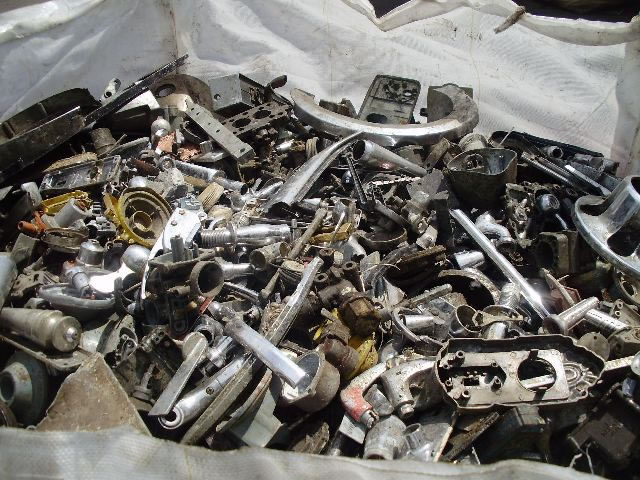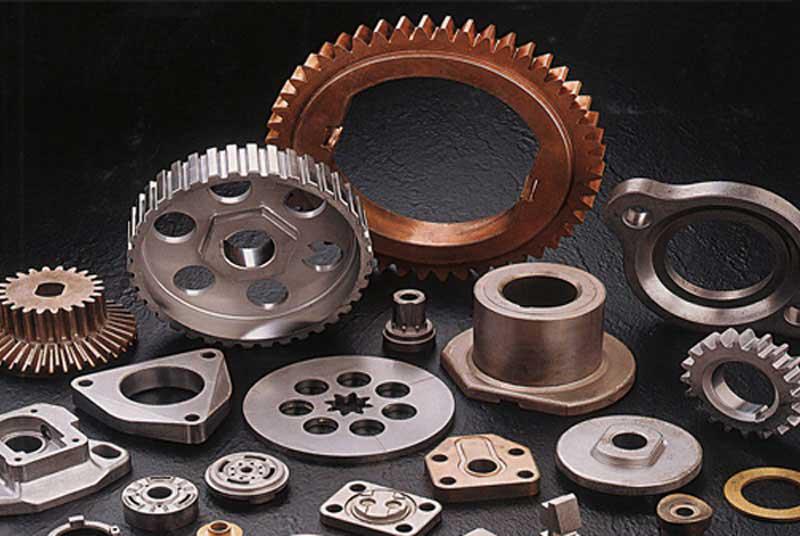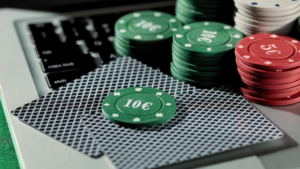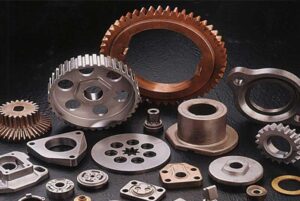
Exploring the Precision and Efficiency of Die Casting in Modern Manufacturing
In modern production, die casting has emerged as an enviable method that is renowned for its efficiency, precision as well as its versatility. Its roots go back to the 19th century. Die casting is now a highly sophisticated technique that is used in many industries ranging from automobiles to electronic. This article delved into the intricate details of die casting, its uses advantages, as well as developments that will shape its future.
In its essence, die casting is the process of introducing of molten metal in the steel mold, also known as a”die”, with extreme pressure. The process allows the design of complicated shapes, with top precision in dimensional measurement, which makes it ideal for the production of complicated components with precise tolerances. Die castings are carefully designed to stand up to the extreme temperatures and pressures, which allows for regular use in large production runs. The capability of reproducing complex details is what makes die casting distinct from the other methods of manufacturing.
One of the major benefits of die casting is the efficiency. Its speedy cycle times combined with the low post-processing needs, result in significant savings in costs as well as increased time-to-market of products. In addition, the inherent strength of die-cast parts minimizes the requirement for additional procedures, including milling, thereby streamlining the manufacturing process. The increased efficiency does not just boost efficiency but also increases the competitiveness of companies working in diverse areas.

Die casting’s versatility is yet another factor contributing to its broad acceptance across different industries. It doesn’t matter if it’s zinc, aluminum magnesium, or any other alloys, the process can be used to accommodate various material, all of which have unique features that can be used for particular applications. From automotive parts that are lightweight to complex electronic enclosures die casting is able to address the entire spectrum of production needs. Furthermore, advances in materials science continue to enhance die casting’s capabilities which allows the manufacture of parts that are able to meet the strictest specifications for performance. For more information please visit here Senadiecasting
Apart from its efficacy and flexibility in terms of efficiency and versatility, die casting promotes sustainable manufacturing. Its precise control of materials used reduces waste as well as the possibility of recycling die-cast parts further minimizes their environmental footprint. Through optimizing the use of resources and encouraging recycling Die casting is in line with the ideals of sustainable production. It is appealing to both environmentally-conscious businesses and consumers as well. In a time when sustainability is increasingly an integral component to the business strategy die casting becomes an environmentally sustainable option to meet needs for production, without harming sustainability.
Die casting’s evolution is fueled by continual development and advancements in technology. From advanced processes control systems to incorporation of robotics and automation Manufacturers are using modern technologies that further improve casting operations. Monitoring in real-time and predictive maintenance facilitate the proactive solution of problems, which reduces time-to-market and increasing the overall effectiveness. Furthermore, additive manufacturing processes are being implemented into die casting procedures, which allows for rapid prototyping of the die and speeding up process development for products.

